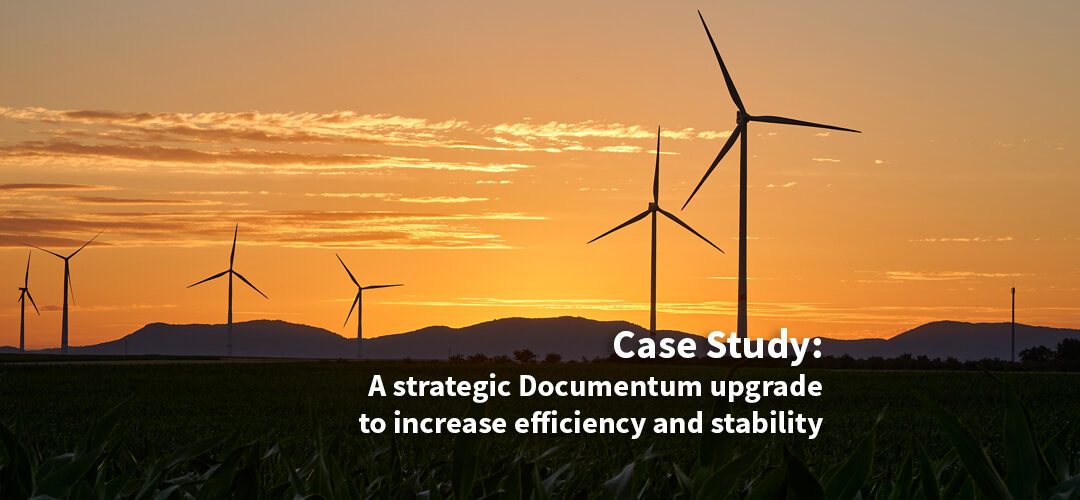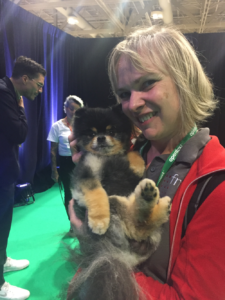
The Time Has Come to Replace Documentum Webtop
poaIn the world of Enterprise Content Management (ECM), OpenText Documentum has been a popular choice for organizations seeking a robust and scalable solution. Webtop has been the primary interface to leverage the power and flexibility of Documentum, and for many years it has served this purpose very well. However, technology advances and user expectations evolve. Just like our phones, it’s critical to reevaluate the tools we rely on to maintain productivity and efficiency. In this blog post, we will delve into the reasons why it’s time to replace OpenText Documentum Webtop and to explore alternative options that can better meet the needs of modern businesses.
Outdated user interface (UI)
Webtop was originally designed more than a decade ago, and its interface is highly reminiscent of that era. The design came from a “more-is-better” time, trying to incorporate every possible functionality into the UI, overloading the client with options that are not relevant for the majority of end users. The flow, usability and reactiveness of the client UI are outdated, not intuitive and “fun” to work with, and do not meet today’s expectations, making it difficult for users to effectively interact with the application. In an age where user experience is paramount, it’s crucial to take advantage of well planned, modern, and user-friendly interfaces that are targeted to support efficiency in the daily work.
Lack of mobile compatibility
In today’s mobile-first world, employees increasingly rely on smartphones and tablets to access information and collaborate on the go. Unfortunately, OpenText Documentum Webtop does not offer a seamless mobile experience. Its interface is not optimized for smaller screens, making it veritably unusable for mobile colleagues. By replacing Webtop with a mobile-friendly solution, organizations can provide device and location flexibility required by today’s environments and empower their workforce to access and contribute to their content from anywhere, at any time.
Limited collaboration capabilities
While one of the flagship capabilities of OpenText Documentum Webtop is locking documents to ensure sequential editing without overwriting previous versions, this approach limits the potential for real-time collaboration. As we all know, collaboration lies at the heart of efficient and effective content management. In today’s business world, it is common to share documents across teams and work in parallel to contribute, review and approve. This is extremely challenging using Webtop’s technology. Interfacing seamlessly with MS Office 365, allowing collaborative work in parallel and even simultaneously, is expected nowadays. Modern ECM clients offer these advanced collaboration features enabling seamless teamwork and boosting productivity.
Documentum Webtop’s integration challenges
As businesses grow and diversify their technology stack, integration becomes crucial for seamless workflows. OpenText Documentum Webtop’s integration capabilities are often complex and time-consuming. It lacks – nowadays common – out-of-the-box integrations with popular tools, making it difficult, and therefore expensive, to connect with other critical business applications. By upgrading to solutions empowered with modern integration capability, organizations can benefit from predefined, seamless integrations with various systems, streamlining processes and increasing efficiency.
Limited scalability and maintainability
In today’s dynamic business landscape, scalability and easy maintenance are essential. OpenText Documentum Webtop’s architecture and design create several issues:
- It is challenging to scale up or down to meet changing business needs.
- Documentum Webtop’s implementation model only allows for a small level of configurations; the majority of application adjustments are made through customizations and code changes.
- Implementing new releases or additional requirements can be a time consuming and expensive task.
According to OpenText, Documentum Webtop has reached an application stage where no further product enhancements are being provided – the focus is now merely on keeping the application framework running with modern, more secure, Java and browser versions. As organizations expand, through organic growth or acquisitions, or undergo digital transformations, they require a proven business application platform that can easily adapt and grow alongside them, and that can be easily maintained. This capability is required to ensure scalability and future-proof their content management strategy.
Next steps: Going beyond Documentum Webtop
As the leading solution for many, many years, we should thank OpenText Documentum Webtop for the long and fruitful journey! It has certainly served us well, but it’s time to acknowledge that the time has come to get the advantages of upgraded alternatives. Today’s solutions provide a modern user interface, mobile compatibility, advanced collaboration capabilities, seamless integrations, and high scalability and maintainability. With these features, businesses can unlock new possibilities for content management, boost productivity and efficiency, and stay ahead in today’s fast-paced digital world. It’s time to bid farewell to Webtop and embrace the journey to a new era of content management excellence.
To learn more about what options are available beyond Webtop to increase the accessibility and value of your content contact our fme team. As long-time Documentum partners, we have over 1,200 combined person-years experience with the full range of OpenText solutions. We’d love to help you get the most from your existing content library, and prepare your business to get the advantages in technology’s exciting future.
 fme AG
fme AG fme SRL
fme SRL





